Royal Mail is investing in 1,800 more electric vans and supporting charging infrastructure over the next year, with almost half of the new electric vehicles (EVs) to be built in the UK at Stellantis’s Ellesmere Port plant.
It announced its electric van plans at the unveiling of its 7,000th EV, bolstering its claim to operating the largest electric delivery fleet in the UK.
The 7,000th electric van was deployed at South Lambeth delivery office, adding to the 70 others already used for deliveries and collections there.
Transport minister Lilian Greenwood, who unveiled the company’s 7,000th EV in South Lambeth, said it was a “crucial milestone” for Royal Mail as it continues to decarbonise its van fleet.
“It comes as we’re investing £120 million to help businesses follow Royal Mail’s lead and buy zero emission vans,” she added.
Royal Mail purchased its first 100 electric vehicles in December 2017, while its 6,000th EV was deployed at Manchester Mail Centre at the start of this year.
Now, almost a quarter of Royal Mail’s delivery offices use EVs for deliveries and collections, with all of the plug-in vans charged on-site via a 100% renewable electricity supply.
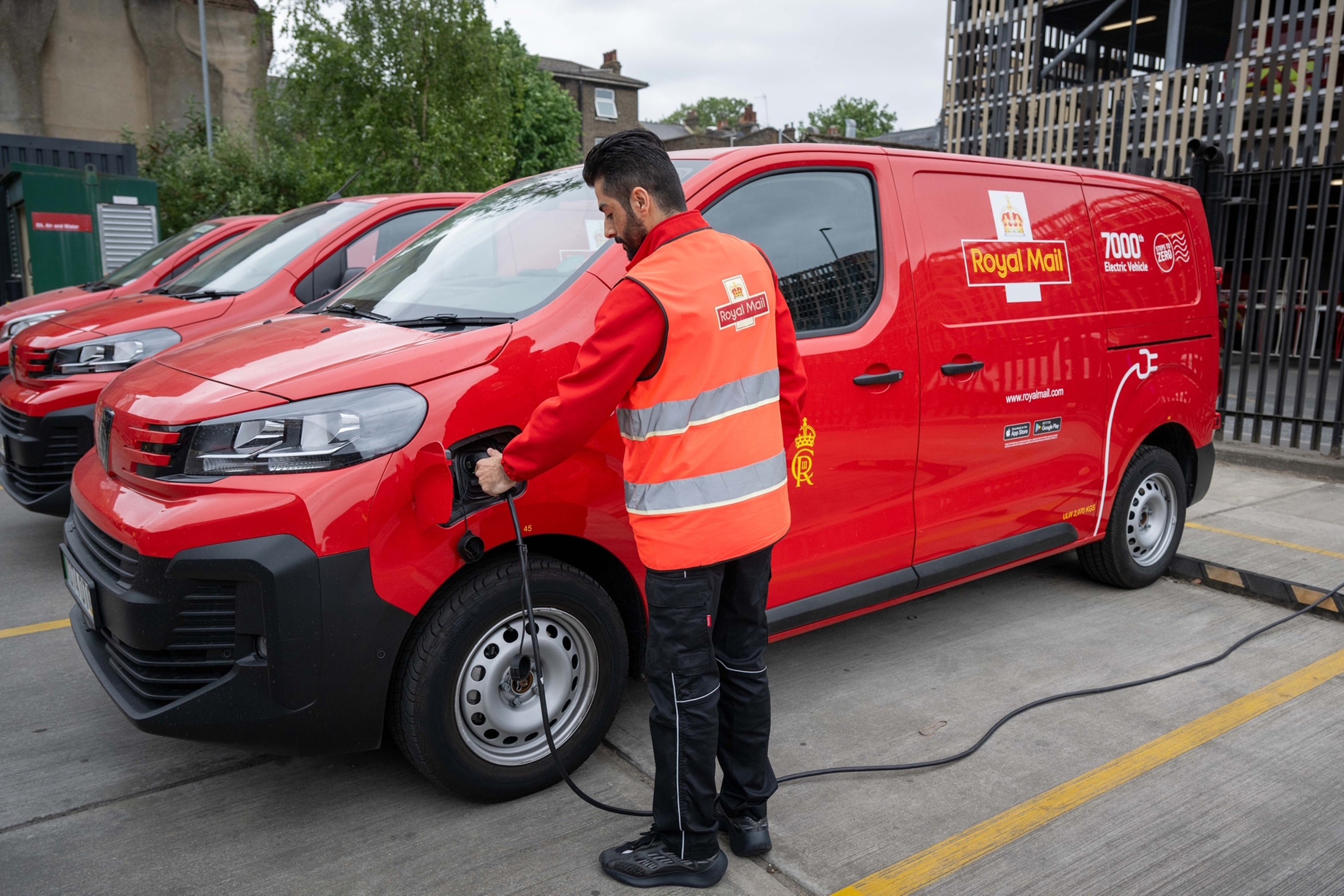
Alistair Cochrane, Royal Mail’s chief operating officer, said: “We’ve strengthened our position as the UK’s largest electric delivery fleet and our investment in 1,800 more zero-emission vans will help us maintain this in the future.
“Royal Mail is going the extra mile to decarbonise its fleet, with huge benefits for our posties, our customers and the planet.”
Royal Mail has also recently welcomed its first-ever electric trucks, with the two new 19-tonne EVs being tested in real-world conditions.
Working in partnership with Magtec, the trial is being supported by an £800,000 grant which has been facilitated by the Advanced Propulsion Centre (APC) UK in collaboration with the Department for Business and Trade (DBT) and Innovate UK.
Royal Mail, which was named Environmental Fleet of the Year at last year's Fleet News Awards, has also introduced hydrotreated vegetable oil (HVO) to fuel many of its heavy goods vehicle (HGV) fleet, which is a renewable alternative to diesel that produces up to 90% less direct carbon emissions compared to diesel.
The company’s ‘Steps to Zero’ environment strategy set a goal of achieving net-zero by 2040.
The company has already reduced Scope 1 and 2 emissions by 18% in four years, with a target to achieve a 50% reduction by 2030.

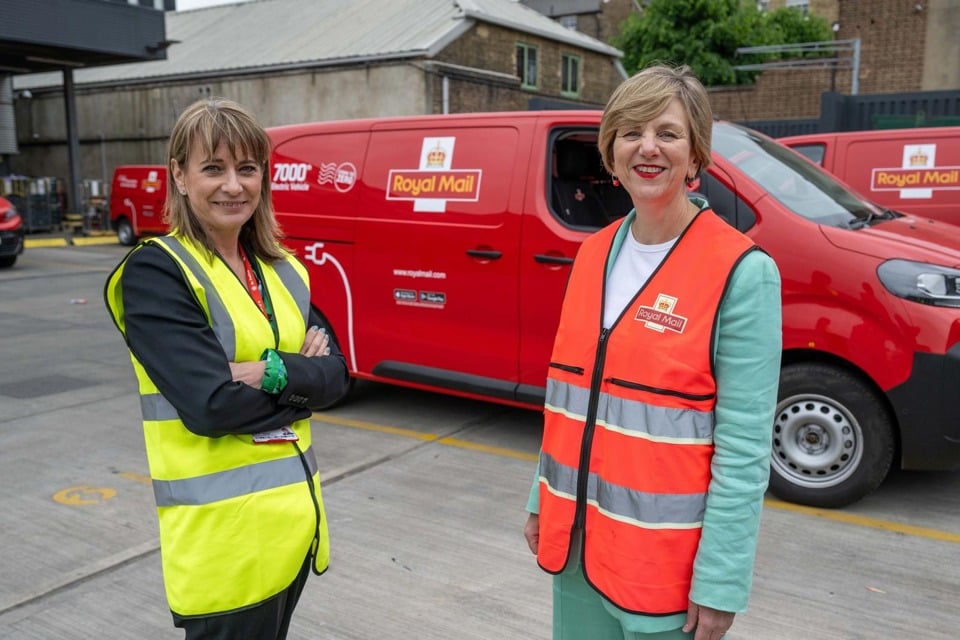
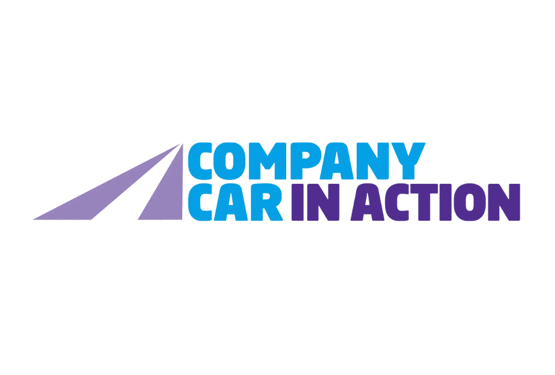



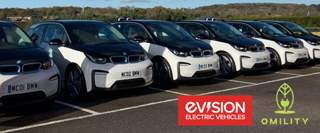
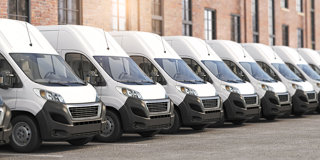
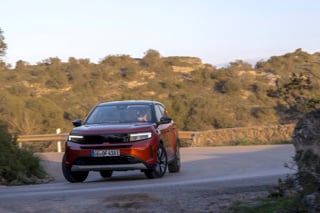
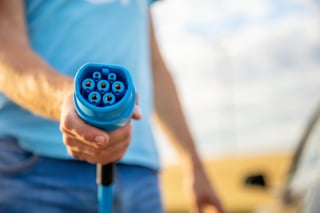
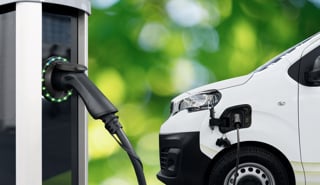



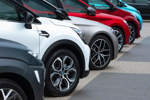

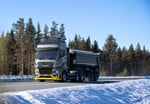

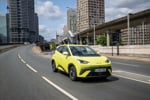
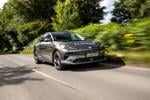

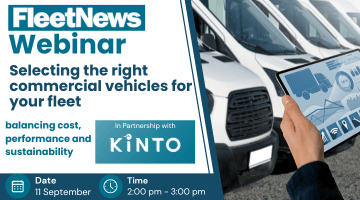
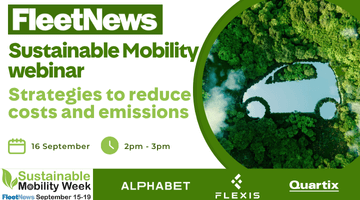

Login to comment
Comments
No comments have been made yet.